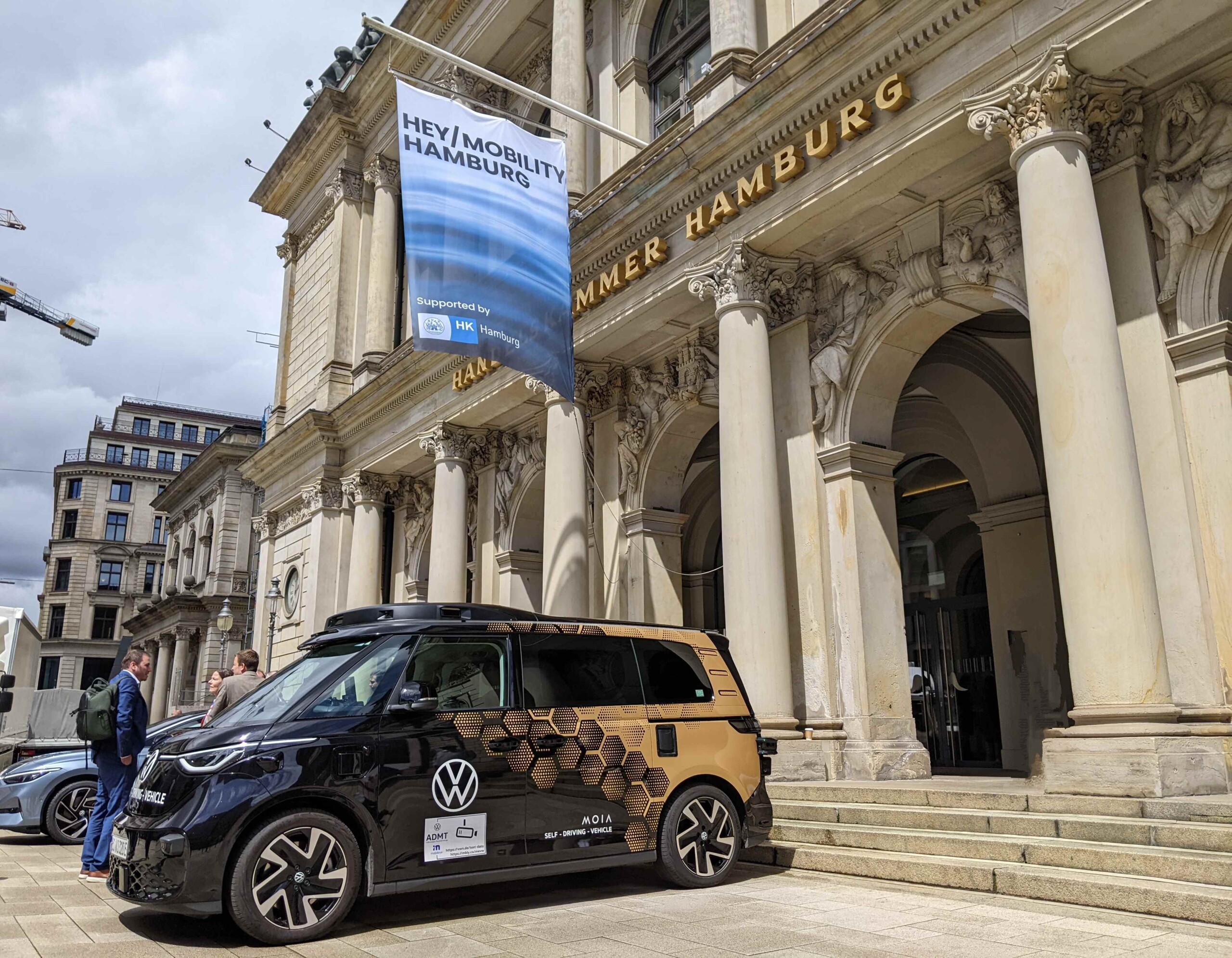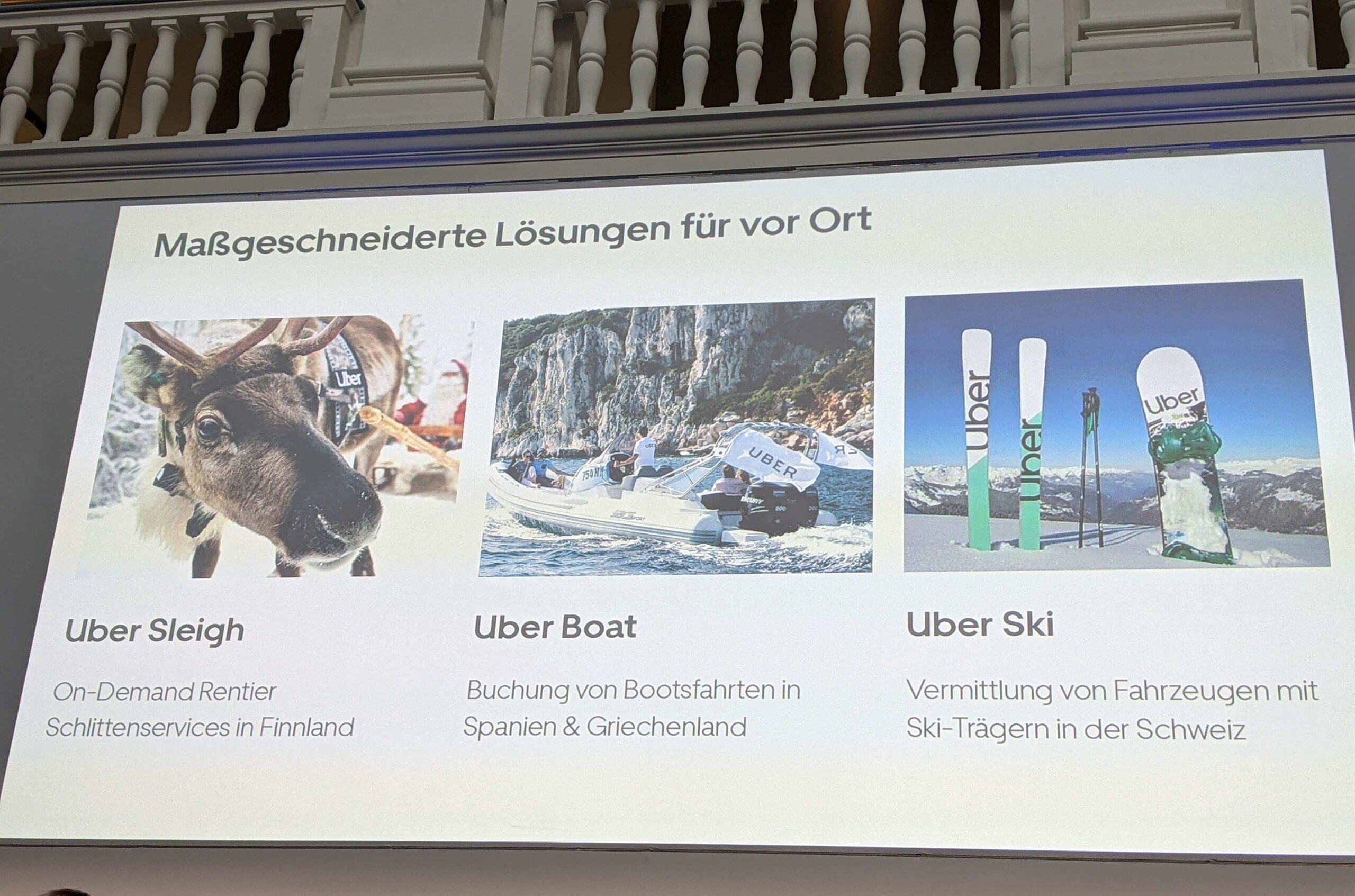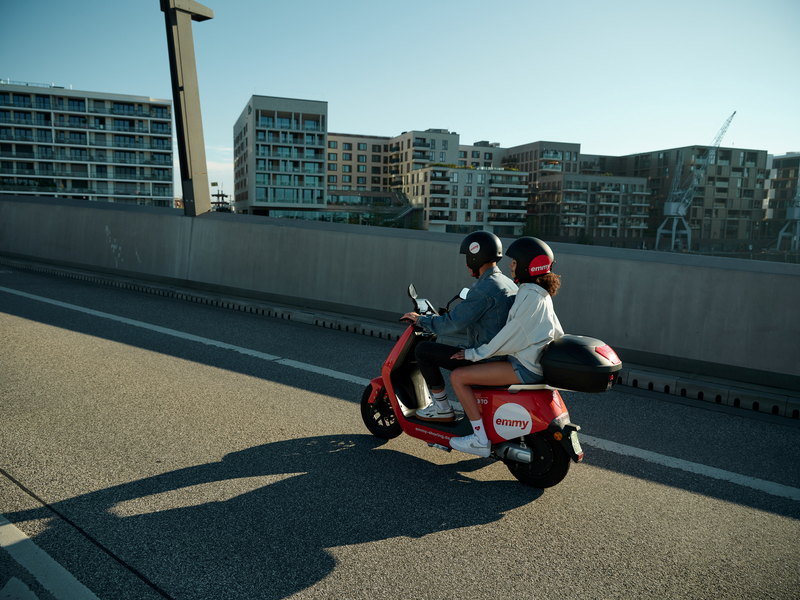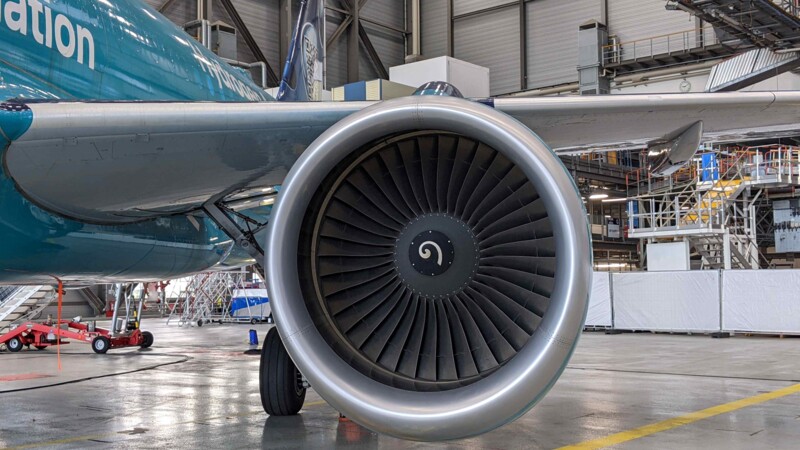Speaking during the opening of the HEY/Mobility festival on June 12, Norbert Aust, President of the Chamber of Commerce, remarked: "Hamburg is set to become a trendsetter for the future of mobility. All means of transport are on show here. We offer ideal conditions for expanding Hamburg's pioneering role in innovative and sustainable mobility solutions - on the road and rail, on water and in the air." The city is also expecting 2 million test persons as the population of Hamburg is expected to top the corresponding mark by 2030, the Statistical Office North said. Naturally, such a population has diverse mobility needs. Alternative fuels, new approaches to public transport and the electrification of transport are key to the future of mobility, Aust pointed out.
The ITS World Congress 2021 for Intelligent Transport and Mobility Systems broke all visitor records when it was held in Hamburg. This year’s HEY/Mobility Hamburg highlighted the entire spectrum of mobility and now another world congress is just around the corner in 2025 and 2027. Then, Hamburg will host the UITP Global Public Transport Summit, the world's most important local transport congress. The city has received EUR 8 million from the German government to showcase the future of urban mobility. Hamburg is also a great place for trying out new mobility solutions and topped the Smart City Index 2023 in terms of mobility.
Hamburg - ideal testing ground for mobility solutions

Electrification of transport
Transport accounted for a quarter of the EU's total CO2 emissions in 2019, according to a report by the European Environment Agency. Road transport accounted for the remaining 75 per cent, with shipping and civil aviation contributing 14 per cent and 13.4 per cent respectively. Hochbahn Hamburg countered: "Battery and hydrogen buses are the future of mobility". By the early 2030s, the entire fleet is to be converted to zero-emission drives. At the same time, Hamburg's public transport system is designed to reduce the number of private cars on the road. Residents of Hamburg should be able to reach an optimal, high-quality public transport service within five minutes from morning to evening.

New paths in public transport
However, a mix of public transport services including on-demand and carpooling services e.g., those of MOIA and Uber is needed to achieve this ambitious goal. The Uber app can be used in Hamburg to order or offer taxi journeys and Uber Eat can be booked for food deliveries. Other mobility services are available on demand. In Finland, for instance, the world's first on-demand reindeer sleigh service, Uber Sleigh, was launched in late 2022. This year, MOIA, a subsidiary of Volkswagen, is pushing ahead with autonomous driving and test drives are taking place in the districts of Winterhude, Uhlenhorst and Hohenfelde all of which are marked by complex road conditions and challenging traffic. Up to 10,000 driverless shuttles should be on Hamburg's roads by 2030, if the ALIKE pilot project goes according to plan. The German Ministry for Digital Affairs and Transport has earmarked EUR 26 million in funds for the driverless carpooling service to supplement public transport from 2025. The shuttles will be scalable across regions and in rural areas and can be booked on an app.

Alternative fuels
Meanwhile, Airbus is aiming to put the first hydrogen-powered aircraft into the skies in 2035. To this end, the company is researching two options namely the combustion of hydrogen in a gas turbine, and the use of fuel cells to convert hydrogen into electrical energy. "A hybrid version is also possible. We want to reach a decision in 2028. That will leave seven years for industrialisation and certification before we go into service," said Nicole Dreyer-Langlet, Head of Research at Airbus during the HEY/Mobility Hamburg Festival. However, this goal requires sufficient green hydrogen and a viable infrastructure. To ensure the latter, Hamburg Airport became the first German airport to join the international “Hydrogen Hub at Airports” network in 2023.

Micro mobility and sharing economy
Passenger aircraft transport several hundred people on a flight, but what about micro mobility? A 2019 study by McKinsey & Company on the market potential of electric scooters, e-bikes and e-scooters concluded: "By 2030, these services could generate sales of up to USD 150 billion in Europe and even up to USD 500 billion globally." Last mile sharing services are particularly interesting when combining different mobility services. "Some 84 per cent of Germans see sharing services as an environment-friendly alternative to existing mobility services," a recent Bitkom survey found. Bicycles are the most popular form of sharing at 23 per cent, followed by e-scooters (19 per cent), car sharing (17 per cent) and scooter sharing (5 per cent). "The fact that more and more people can choose between private use and sharing offers will also have a lasting impact on the cityscape," said Bernhard Rohleder, CEO of Bitkom.

Facets of urban mobility
The Institute for Product and Production Management at HAW Hamburg has developed a driverless Shared Guide Dog 4.0. An electrically powered rollator is equipped with sensors and a GPS system to help blind and visually impaired people safely navigate to their destination. The rollator could potentially be used in old people's and nursing homes, as well as in hospitals and airports, according to the team. A self-propelled electric suitcase, another interesting and original facet of urban mobility, was also tested during the recent HEY/Mobility Hamburg festival. The Airwheel model reaches a speed of 10 km/h, weighs 14 kilos and has a capacity of almost 30 litres. It can be used for transport to work, for trips to other cities or simply for fun, according to the Chinese manufacturer.
ys/mm
Sources and further information
More
Similar articles

Conference in Hamburg: Aviation does not have to a climate killer

Mobility transition progressing in Hamburg

Laura, the robot, going even stronger thanks to AI
